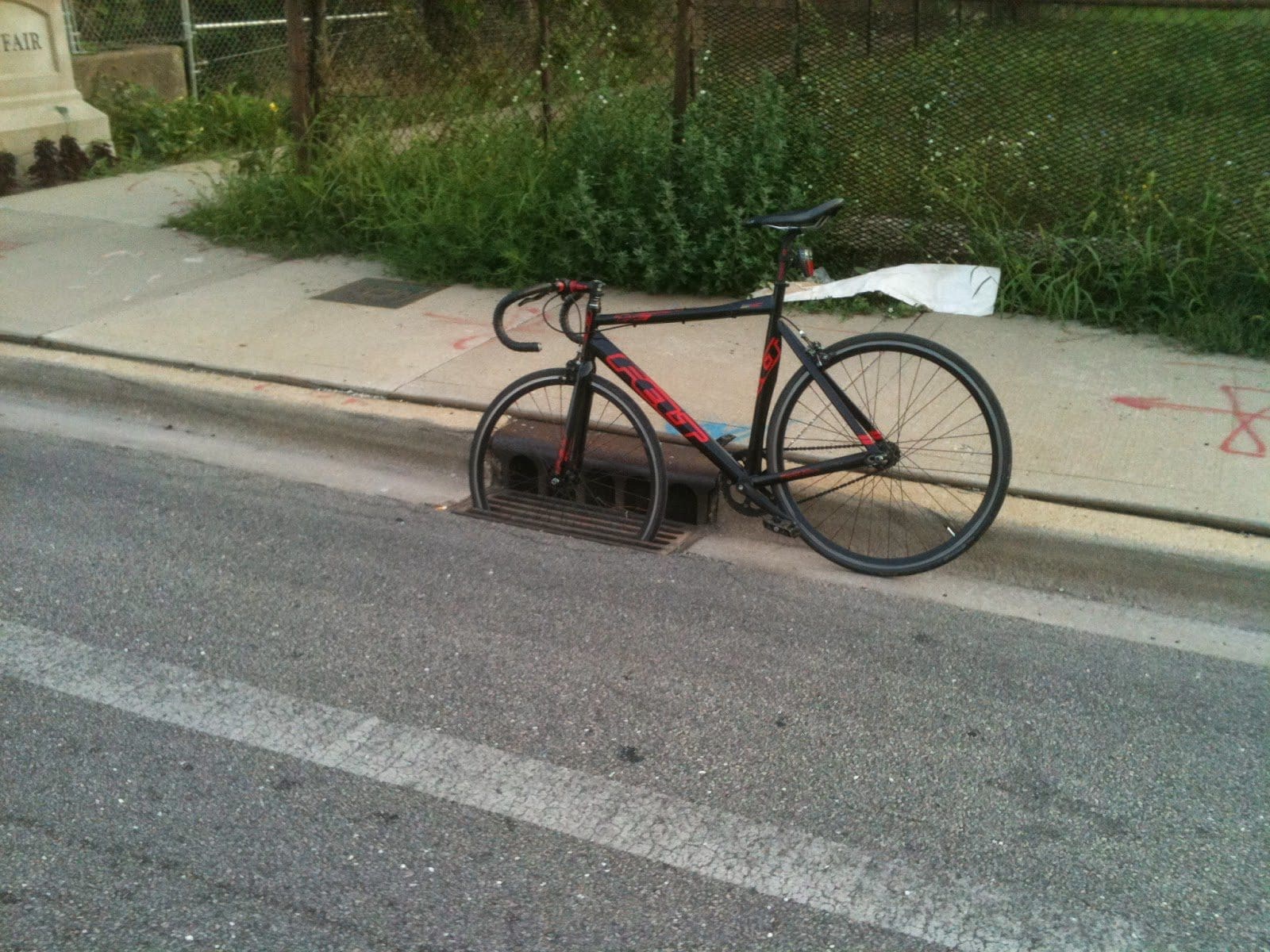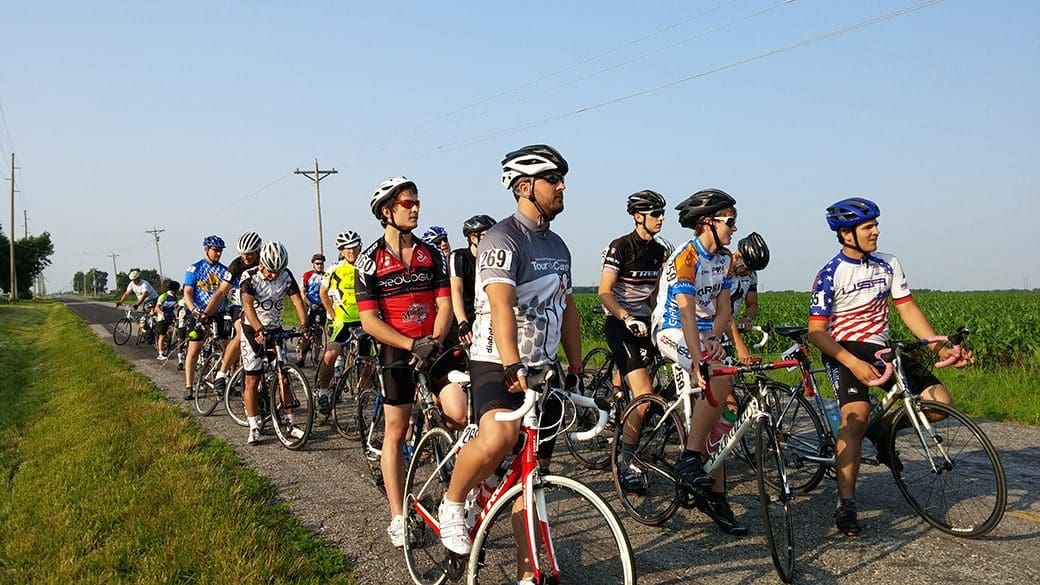“What in the world happened to you?” I asked a fellow cyclist when I saw his badly swollen face and a mangled, bandaged hand. He replied, “A road grate swallowed my wheel up to the hub and I did an endo. I’m sure I can’t do anything about it.” I disagreed and asked if I could investigate.
The grate in question with in the Kansas City River Market area. It indeed could swallow a front wheel, even with a knobby mountain tire. The grate’s grooves even paralleled traffic flow.
I brought a claim and was told to pound sand. I filed a lawsuit and ultimately it was determined that MoDot owned the street. The City and MoDot pointed fingers back and forth. Legislative history turned the tide regarding ownership. I argued that this was a dangerous condition, long standing, and that they knew, or could have known of, a dangerous condition. Expert testimony probably would have been required. The lawsuit was settled.
Fast forward a bit, two cyclists hit a traffic counting cable as they were riding down the road and fell. The cable had been stretched or knocked off its mounting. Using data from the sensor, the city could prove that the cable had been dislodged only minutes before the cyclists hit the sensor. Was it a dangerous condition? Sure. Would the claim work? No. There was no legal “notice” thus no opportunity to make safe or warn.
What are the lessons to take away from these two incidents? Don’t assume anything about a highway defect; every situation stands on its own. We still have remnants of the “King Can Do No Wrong” philosophy in this country so special laws exist regarding state and local government. Caps, notice requirements, and special rules all come into play in situations such as these. If you aren’t confident navigating that legal road, contact someone who has a roadmap.
















Seriously ?
Richard. Thank you for your comment. While I agree that a rider has a duty to be in control and avoid obstacles, there also should be a reasonable expectation that a road grate wouldn’t be designed in such a manner that it could swallow a mountain bike tire. Typically the standard for a dangerous condition is “knew or could have known”of dangerous propensities. As it turned out, this grate had injured other riders. It has been removed.
I hate to say it, but situation one doesn’t seem like the fault should lie on the city or Mo-Dot. Just like in a car, you should be in control of your vehicle and able to avoid obstacles in the roadway. I can’t imagine seeing that and trying to ride over it. If it was a defect in the road that the city knew about and didn’t either fix or block people from hitting it that would be a different story. It just doesn’t look like negligence to me. I’m sorry the rider had to go through that though.